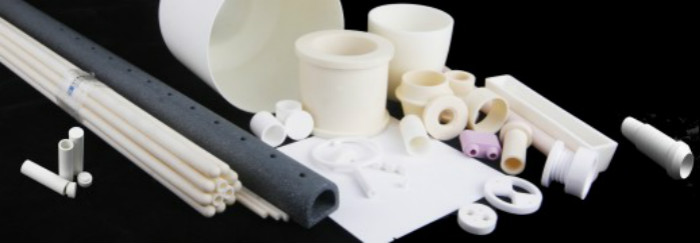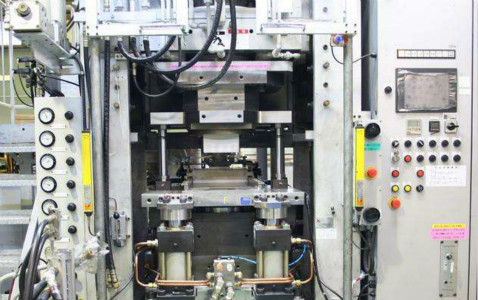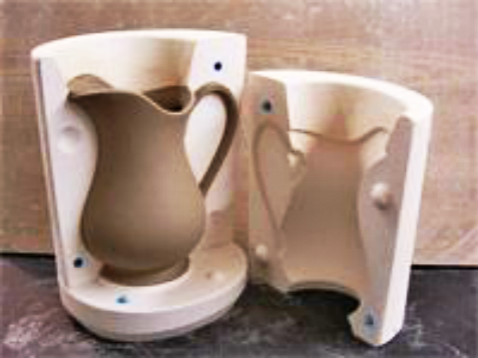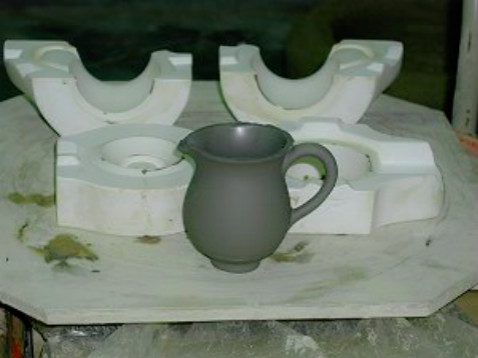- Alumina
- Boron Nitride
- Zirconia
- Other Ceramics
- Applications
- Contact

There are many kinds of precise ceramic producing methods. The production of precise ceramics should be based on product’s shapes. Different forming methods need to be combined with different bonding agents. Common ceramic forming methods are listed as follows.
Dry pressing method is also known as pressing molding. With this method, granular or fibrous plastics are put into the mold cavity at certain molding temperature, and then the mold will be added pressure to solidify the operation. Therefore, the powders can turn into a certain shape of the embryo body. As one of the most frequently used forming method, dry pressing method has many advantages, including simple processing, easy operation, short cycle, high efficiency, easy to implement automated production. In addition, the ceramics produced in this method have high density, precise sizes, little shrinkage, high mechanical strength, good electrical performance. On the other hand, dry pressing also has disadvantages. Due to the friction between the powder particles, powder and mold wall, there is pressure loss, resulting in uneven distribution of the density of the embryo. The precise ceramic products are easy to have cracks or multiple layers. Besides, it is difficult to use drying pressing to produce large-scale ceramic since the manufacturing processes are complex and the costs are high.

Dry Pressing Machine
Casting molding method concludes two steps. First, put slurry-like molding materials into the mold. Second, remove the grinding body after consolidation of mold. This method is widely used in the manufacture of epoxy resin honing wheel and PVA wheel, phenolic resin, epoxy resin, unsaturated resin polishing abrasive and so on.

Mould & Ceramic
Casting molding has demanding requirements on molding material. For example, the producing process needs to be in a specially made mixer. Besides, both mixing and casting procedures should be maintained at certain temperatures, so that the slurry has a suitable liquidity. At the same time, the slurry needs to be suspended in the molding material until it is solidified to prevent the abrasive grains from sinking during operation. The measure to solve that problem is to increase the viscosity of resin solution, improve the sand ratio and speed up the curing rate.
The advantages of casting molding can be listed as bellow. It has simple processes which can be cured at room temperature. It is easy to operate with low labor intensity. It can be used to produce complex shapes of abrasive, such as gear-like, worm-like honing wheel.
In order to ensure the product density and particle size, the bubbles in the slurry must be removed during the casting molding. If there are too many bubbles or uneven bubble distribution will make the grinding wheel uneven wear and tear. This can reduce the product’s strength and rupture in the bubble area.

Casting Molding